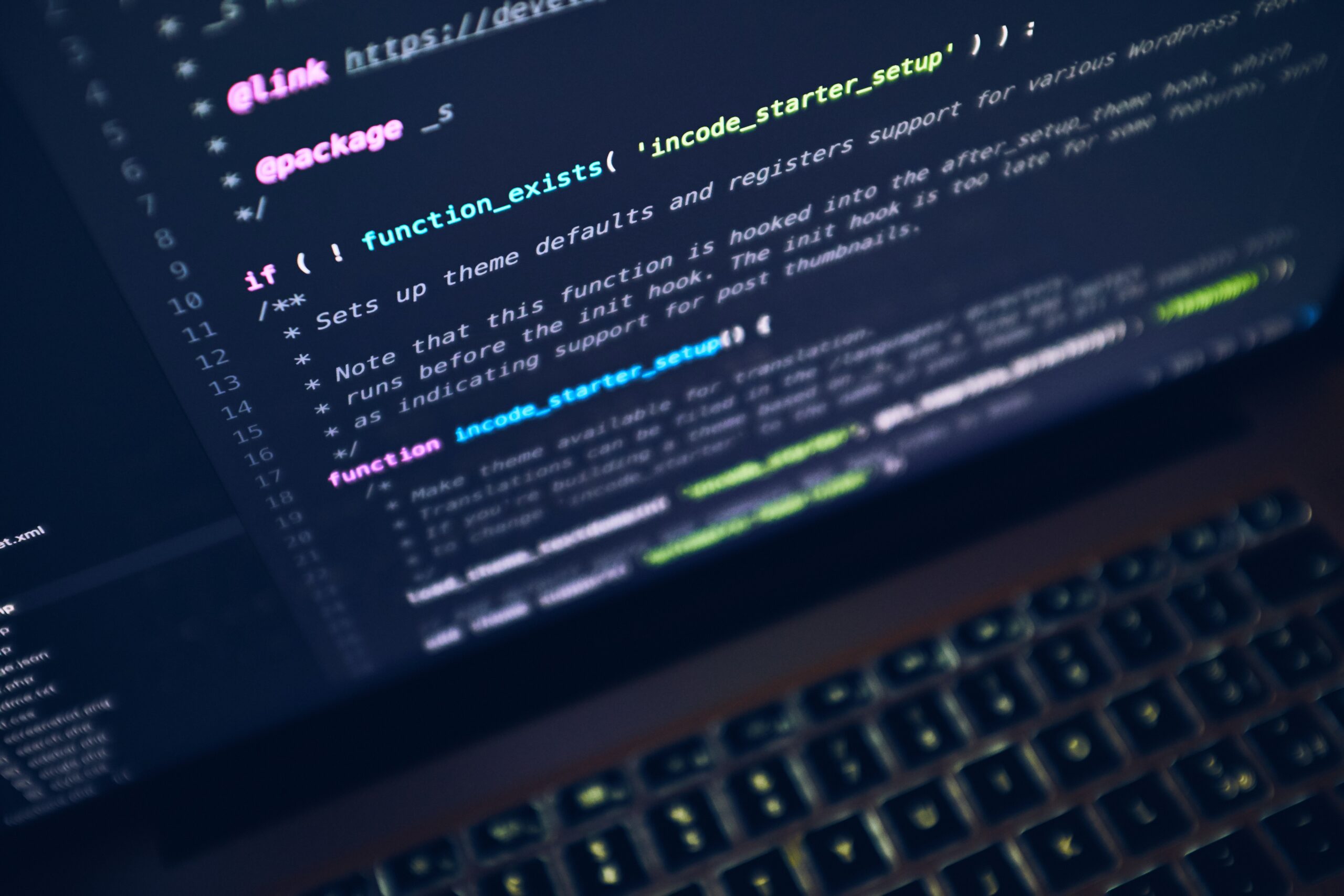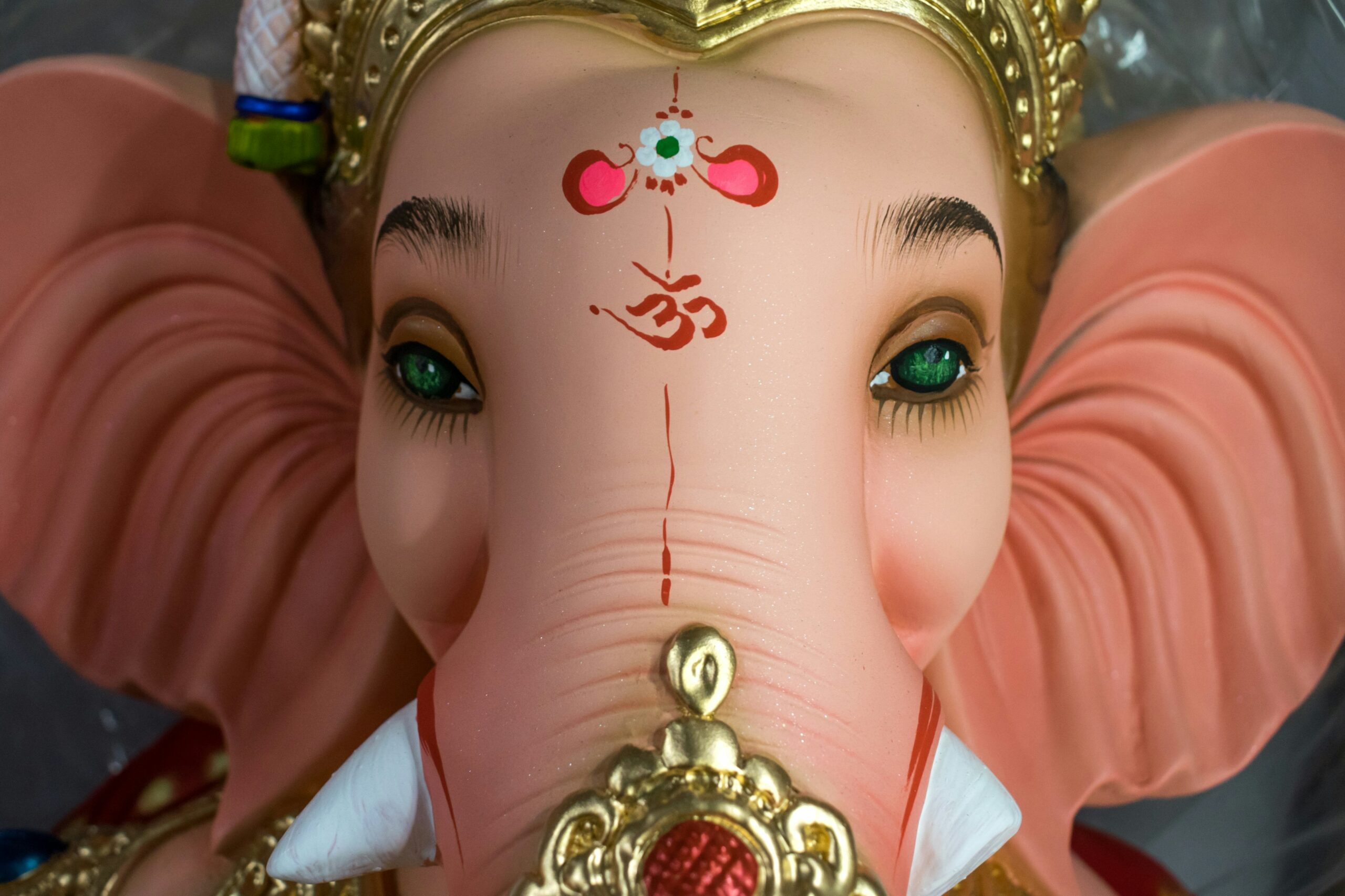Deepfake Technology
Understanding and Its Risks
In recent years, the rise of deepfake technology has presented a new set of challenges in the digital landscape. Deepfakes are highly realistic, manipulated videos or images that use artificial intelligence to replace the face or voice of a person in an existing video or image with someone else’s. This technology has the potential to deceive and manipulate viewers, leading to serious consequences such as misinformation, defamation, and even political manipulation.

The Indian government has recognized the risks associated with deepfake technology and has taken a proactive approach to addressing these concerns. Recently, the government advised social media giants Facebook and YouTube on mitigating the risks posed by deepfakes.
The Indian Government’s Advisory
The Indian government’s advisory to Facebook and YouTube emphasizes the importance of implementing robust measures to detect and remove deepfake content from their platforms. It urges these tech companies to develop and deploy advanced AI algorithms that can identify deepfakes with a high level of accuracy.
Additionally, the advisory suggests that Facebook and YouTube collaborate with relevant stakeholders, including government agencies, to establish a framework for reporting and removing deepfake content swiftly. This collaborative effort aims to ensure that deepfakes are promptly identified and removed from the platforms, thereby minimizing their potential impact.
Challenges in Mitigating Deepfake Risks
Mitigating the risks associated with deepfakes is a complex task. Deepfake technology is continuously evolving, making it challenging for detection algorithms to keep up. Moreover, the sheer volume of content uploaded to platforms like Facebook and YouTube makes it difficult to manually review every piece of media for deepfake manipulation.
Another challenge lies in distinguishing between harmless parodies and malicious deepfakes. While some deepfakes may be created for entertainment purposes, others can be used to spread misinformation or defame individuals. Striking the right balance between freedom of expression and preventing the spread of harmful deepfakes is crucial.
Technology Solutions for Deepfake Detection
To address these challenges, Facebook and YouTube have been investing in research and development to enhance their deepfake detection capabilities. They are leveraging advanced machine learning algorithms that analyze various visual and audio cues to identify potential deepfakes.
These algorithms analyze factors such as facial movements, inconsistent lighting, and audio inconsistencies to flag suspicious content. Additionally, they compare the uploaded content with a database of known deepfakes to identify similarities and patterns.
Furthermore, Facebook and YouTube are exploring partnerships with external organizations and researchers to improve their deepfake detection technology. By collaborating with experts in the field, they can leverage their expertise and insights to stay one step ahead of the ever-evolving deepfake landscape.
Building User Awareness and Education
While technology plays a crucial role in detecting and removing deepfakes, user awareness and education are equally important. Facebook and YouTube are actively working on educating their users about the risks associated with deepfakes and how to identify them.
Through public awareness campaigns, online resources, and user-friendly reporting mechanisms, these platforms are empowering users to play an active role in combating deepfakes. By encouraging users to report suspicious content and providing clear guidelines on what constitutes a deepfake, Facebook and YouTube are fostering a safer online environment.
Conclusion
The rise of deepfake technology poses significant challenges in the digital landscape. However, the Indian government’s advisory to Facebook and YouTube, along with the efforts of these tech giants, demonstrates a commitment to mitigating the risks associated with deepfakes.
By investing in advanced AI algorithms, collaborating with experts, and educating users, Facebook and YouTube are taking proactive steps to navigate the landscape of digital challenges. As technology evolves, it is crucial for all stakeholders, including governments, tech companies, and users, to work together to ensure the responsible and ethical use of deepfake technology.
| Most Read |
|---|
| Sony Flagship Phones to Include a New Digital Signature Technology |
| Reliance JioGlass: A Revolutionary AR and VR Device |
| Apple’s 32-Inch iMac |
| Apple’s Next-Gen HomePod |



































2 thoughts on “Deepfake Technology: Indian Government Advises Facebook and YouTube on Mitigating Risks – Navigating the Landscape of Digital Challenges!”